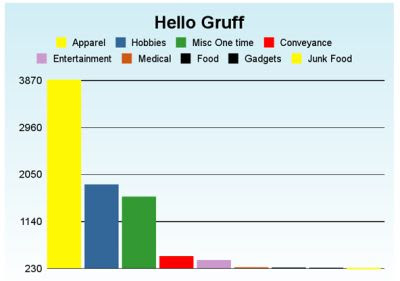TestProj.TestBindings.TestTextBoxBinding:System.InvalidOperationException : The calling thread must be STA, because many UI components require this.
What is STA? Something you only wish 'stays out of the way'.
Interesting.. this means... its not running in STA. Elementary. Now how do I get NUnit to go STA. It was a long arduous road.
First up if you have NUnit 2.5 or above, I believe its as easy as this.
[Test, RequiresMTA]
public void MTA()
{
Assert.AreEqual(ApartmentState.MTA, Thread.CurrentThread.ApartmentState);
}
[Test, RequiresSTA]
public void STA()
{
Assert.AreEqual(ApartmentState.STA, Thread.CurrentThread.ApartmentState);
}
If not, which is where I was. It's slightly more complicated.
First go to
C:\Program Files\NUnit 2.4.8\binLook for a file called NUnitTests.config. Next copy this over to your test dll folder which has TestProj.nunit (or make one.. you'll need it). Rename the copy of the file to 'TestProj.config'.. Open it up in an editor.. Time for adding bringing some more XML into the world.
<configuration>
<configSections>
<sectionGroup name="NUnit">
<section name="TestRunner" type="System.Configuration.NameValueSectionHandler"/>
</sectionGroup>
</configSections>
<NUnit>
<TestRunner>
<add key="ApartmentState" value="STA"/>
</TestRunner>
</NUnit>
<!-- all the other fluff stays -->
</configuration>
That's it, fire up NUnit.. if all goes well, you'll be running in STA and WPF will 'show itself'.
